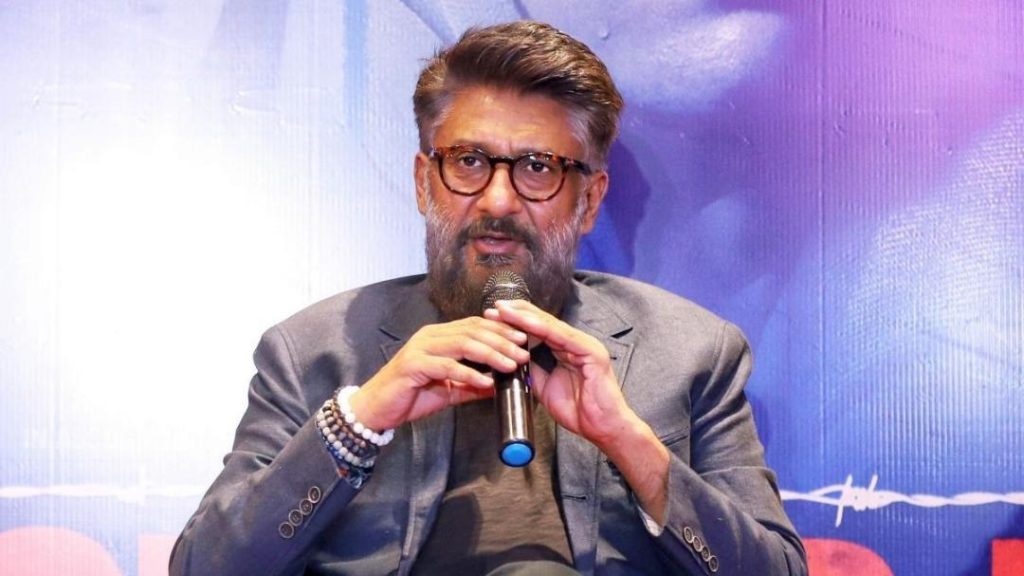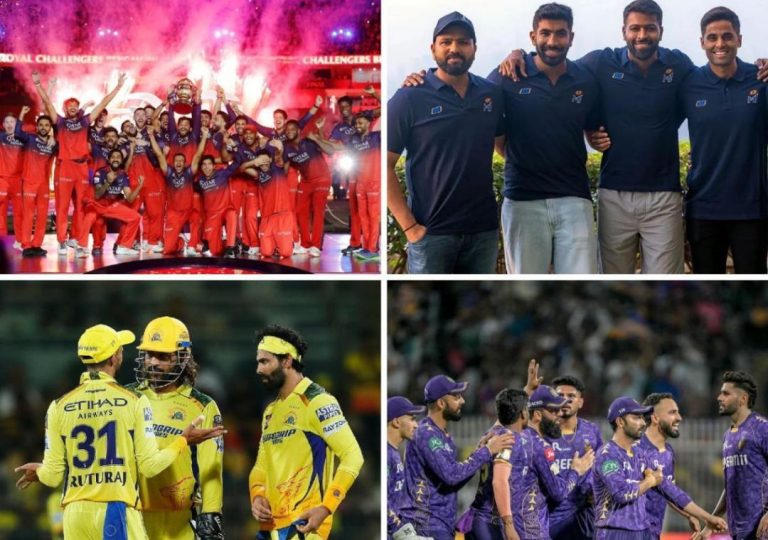
Vivek Slams India’s “Pathetic” Urban Planning, Calls it a “Scam”
The recent spell of rain in Mumbai has left the city’s residents grappling with the usual problem of waterlogging. The upscale Napean Sea Road, home to India’s billionaires, ministers, and officials, was among the areas that were severely affected. The street, known for its luxury apartments and high-end businesses, was seen choked with water, leaving motorists and pedestrians alike struggling to navigate through the area.
Filmmaker Vivek Agnihotri took to social media to share a video of the waterlogged streets and express his outrage at the state of urban planning in India. In a scathing tweet, he wrote, “Napean Sea Road, home to India’s billionaires, ministers & officials chokes in one shower. So do Delhi, Bengaluru and other cities…India’s pathetic urbanisation is a scam.”
Agnihotri’s outburst is not an isolated incident. The Indian city’s frequent struggles with waterlogging, traffic congestion, and inadequate infrastructure have been a topic of discussion for a long time. The recent monsoon season has only highlighted the need for a more effective and sustainable approach to urban planning in India.
The problem of waterlogging is not unique to Mumbai. Many Indian cities, including Delhi, Bengaluru, and Chennai, have struggled with this issue in the past. The reasons for waterlogging are varied and complex, but they can be broadly categorized into two main areas: infrastructure and planning.
Infrastructure-related issues include inadequate drainage systems, clogged stormwater drains, and poor maintenance of existing infrastructure. These issues can be attributed to a lack of investment in urban infrastructure, inadequate planning, and poor execution of projects.
Planning-related issues, on the other hand, are more related to the way cities are designed and managed. This includes a lack of green spaces, poor waste management, and inadequate public transportation systems. These issues can be attributed to a lack of vision and foresight in urban planning, as well as a failure to engage with the needs and aspirations of citizens.
So, what is the solution to India’s urban planning woes? The answer lies in a combination of short-term and long-term measures.
In the short term, cities need to focus on improving their infrastructure and maintenance. This includes clearing clogged drains, repairing damaged infrastructure, and improving the overall condition of cities. This can be achieved through a combination of government funding and public-private partnerships.
In the long term, cities need to adopt a more sustainable and holistic approach to urban planning. This includes designing cities that are more resilient to climate change, incorporating green spaces and public parks, and promoting sustainable transportation systems. This can be achieved through a combination of urban planning regulations, public engagement, and collaboration between government agencies, private developers, and citizens.
India’s urban planning challenges are not unique, and cities around the world face similar issues. However, India’s rapid urbanization and population growth make it particularly challenging. According to the United Nations, India is expected to add over 300 million new urban dwellers by 2030, making it one of the fastest-growing urban populations in the world.
In conclusion, Vivek Agnihotri’s outburst is a wake-up call for India’s urban planners and policymakers. The country’s urban planning woes are not just a matter of infrastructure and maintenance, but also a reflection of a deeper issue – a lack of vision and foresight in urban planning. By adopting a more sustainable and holistic approach to urban planning, India can build cities that are more resilient, livable, and sustainable for its citizens.
Sources:






